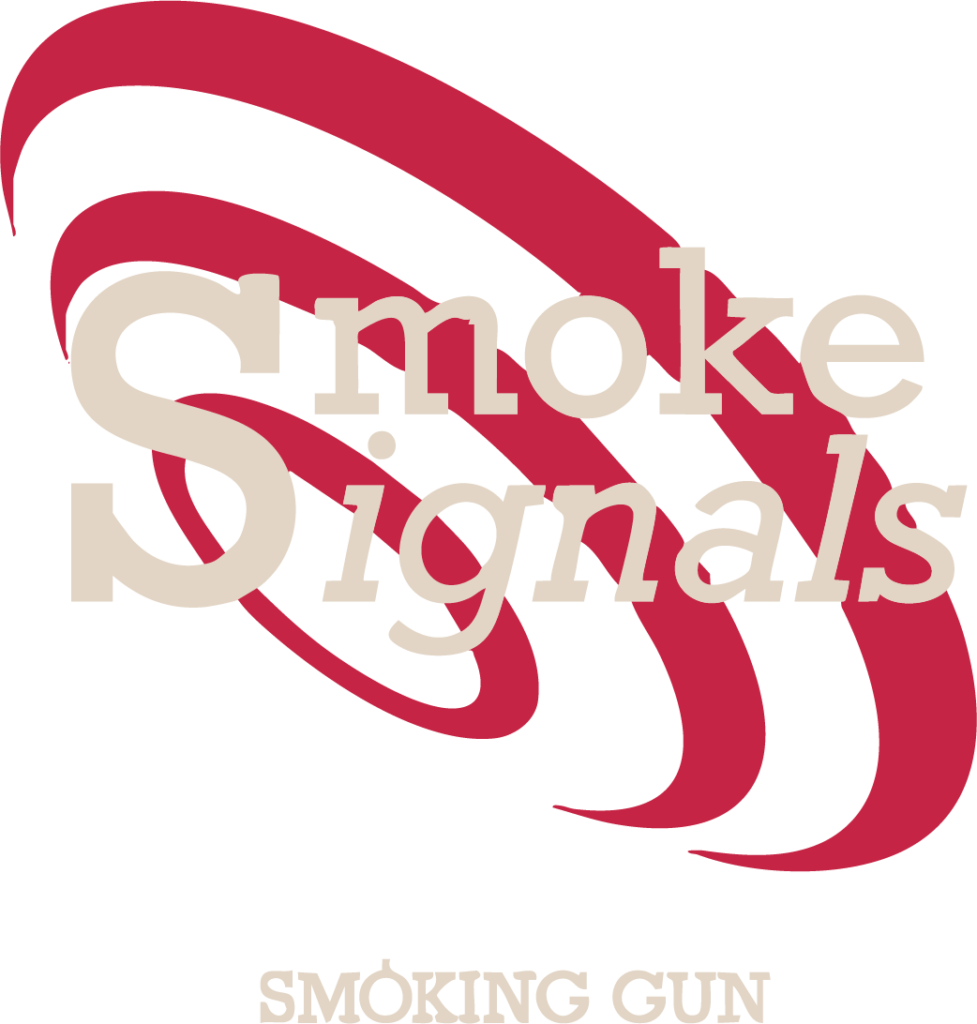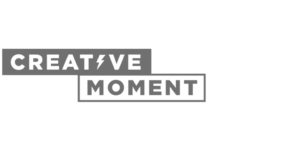The New Era of Brand Discovery Through AI
Since the late 90s, Google has been the dominant way people discovered brands online. Ranking on the first page meant visibility, and for more than two decades, businesses have invested heavily in SEO to secure their place at the top. During the early years of the internet, this was the only real method customers had to actively find solutions to their problems. Sure, organisations could use other methods like email marketing to get their brand in front of customers, but if the customer was actively looking for something, you had to appear on that first page of Google to be considered.
In the late 2000s and early 2010s there was a shift. Platforms like Facebook, Twitter, and Instagram gave brands a direct line to customers, enabling them to foster relationships and communities rather than just being found. For the next ten years, these two pillars – search and social – defined the digital marketing playbook.
Now, in the mid-2020s, we’re on the cusp of another revolution. Large Language Models (LLMs) are providing people with a new way of finding information. And when you look at it, it puts the old methods to shame.

Think about it. In the past if we had a problem, what did we do?
First you might perform a search on Google. If that didn’t work you might go to a community site like Reddit or Quora. You’d hope someone already had the same problem as you, posted the question, and received an answer. This might not be a 100% match to your situation though (ever tried looking for the solution to an IT problem and you’ll know what we mean!), so you’ve got to either muddle through or ask for more information. You’re then waiting for the community to respond so you might turn to social media for advice. Cue the spam messages from 50 different businesses telling you they can sort the problem if you just DM them.
Far from ideal. But more importantly, far from quick.
LLMs like ChatGPT, Claude, and Gemini are changing all of this. Now you can ask one of these systems a question, receive an answer in seconds, then have a conversation to refine the response to your unique situation.
And whilst it’s estimated traffic from LLM’s account for less than 1% of web sessions, it’s clear this is the direction of travel when it comes to finding answers online.
The New Gatekeepers of Brand Discovery
So we can see we’re on the cusp of another dramatic shift in how people find brands online. But if discovery is moving into the hands of LLMs, the question becomes: how do these systems decide which brands to promote, and which to ignore?
The answer is simple but stark: LLMs lean on the sources they trust the most. Instead of pulling directly from your website or paid ads, they aggregate knowledge from high-authority publications, product review roundups, structured listings, and established databases. That means your brand’s visibility no longer depends on how much you spend on Google Ads or how well you’ve tuned your SEO. It depends on whether your name appears in the right sources.
But what are these sources? In our experience, it’s places like The Times, BBC, Sky News, Which?, TechRadar, and so on. It’s a mix of large, established, generic, trustworthy sites, but also niche publications that cater to a smaller but loyal audience.

ChatGPT’s shopping feature is a clear example of this in action. When a user asks for “the best [product] for [need],” the system doesn’t serve up a list of competing websites. It pulls a short, curated response informed by expert reviews and authoritative content. If your brand isn’t represented there, it’s effectively invisible to the consumer at the exact moment they’re ready to decide.
This cuts straight to the heart of it. Consumers don’t need to wade through ten blue links, or engage with old community discussions in the hope they find a workaround. Now they get a direct answer to their specific need with targeted summaries of who would provide the best solution. And if your brand isn’t in those responses, you’re out of the conversation before it even begins.
Where Brands Win – and Where They’ll Disappear
Because of this new reality, the rules of digital visibility have changed. It’s no longer enough to optimise your site, bid on the right keywords, or flood social media with content. If your brand isn’t referenced in the publications and platforms LLMs turn to, you simply don’t exist in the answers customers receive.
This isn’t just about prestige; it’s about survival. The brands that secure a presence in trusted media and authoritative sources will be the ones recommended when consumers ask LLMs for solutions. Those that don’t will find themselves excluded from the very moment of decision-making. The point where buying intent is highest.
Furthermore, the brands that move early will build an outsized advantage. As LLMs continue to refine their models, they will increasingly weight and reinforce the sources they already trust. If your brand is cited in those sources today, you’re not just visible in the short term, you’re training the very systems that will decide tomorrow’s recommendations.
The opposite is also true. Brands that wait risk being left behind, not only invisible to consumers but absent from the knowledge base these systems are continuously learning from. And once that gap opens, it becomes harder (sometimes impossible!) to close. The LLMs won’t suddenly start pulling from ignored or lesser-known sources; they’ll double down on what’s already proven authoritative.
Getting Your Brand Chosen by LLMs
If LLMs are only as good as the sources they trust, then the path forward for brands is clear: focus less on shouting the loudest, and more on being cited in the places that matter. Traditional SEO and paid ads won’t cut it in this environment – only authority does.
That means thinking strategically about where your brand is mentioned and how it’s positioned. Coverage in high-authority publications like The Times, BBC, or Which? builds credibility not just with readers, but with the algorithms shaping future recommendations. At the same time, appearing in niche publications and expert-led outlets signals depth and relevance, helping LLMs connect your brand with very specific customer needs.
It’s no longer just about building a reputation with people – it’s about building a reputation with machines. The brands that recognise this shift and deliberately place themselves in trusted ecosystems will be the ones most likely to appear when customers ask an LLM for solutions.
A Practical Roadmap for Brand Visibility in the Age of LLMs
We’ve already seen that the brands which win in this new environment are those visible in high-authority and niche publications – the very sources LLMs lean on when forming answers. But beyond where you appear, it’s equally important to think about how you appear.

Here are key steps every brand should take to strengthen their chances of being recommended by LLMs, but if you want the short version…
- Be Present (coverage on authoritative/ review/ retail sites)
- Be Structured (quotable content, use case messaging, optimised listings)
- Be Credible (thought leadership, spokespeople, data-driven stories)
Earn Coverage on Authoritative Review Sites
Outlets like Which?, The Independent, T3, and Trusted Reviews are highly weighted by LLMs. Aim to appear in “Best [Category] for [Audience]” roundups, since this mirrors the exact query format ChatGPT and similar models replicate when responding to user questions.
Structure Product Messaging Around Use Cases
LLMs thrive on matching questions to solutions. Frame your product positioning around real-world scenarios, such as “best air fryer for busy parents” or “quietest cordless vacuum”. Use a conversational, consumer-friendly tone in expert commentary. This makes your messaging more quotable and more likely to surface.
Optimise Structured Product Listings on Trusted Retail Sites
ChatGPT and other LLMs struggle with parsing messy or brand-owned sites. Ensure your products are listed on credible retail domains with clean, structured content. Include clear specifications, use cases, FAQs, and verified reviews to maximise visibility.
Feed the Media Ecosystem with Credible Stories
Journalists are the gateway to LLM-trusted citations. Supplying them with data-driven reports, unique insights, and credible research increases your chances of being covered – which in turn makes your brand a recognised authority for the models.
Position Your Spokespeople as Trusted Commentators
LLMs don’t just recommend brands; they echo credible voices. Put forward your internal experts – whether that’s your head of product, sustainability lead, or CEO – as thought leaders. Secure quotes in national and trade features on broader trends like “energy-efficient kitchen appliances” or “AI in home tech.” These citations often make their way into the summaries generated by ChatGPT and its peers.
Make Your Content Structured and Quotable
Ensure that every piece of content you produce, from press releases to commentary, is designed to be easily lifted and referenced. Use short, punchy insights, headline-worthy data points, and clear takeaways that journalists (and by extension LLMs) can use directly.
A Technical Perspective: AI Overviews and SEO
Alongside the rise of standalone LLMs like ChatGPT and Claude, Google itself is reshaping the search experience through AI Overviews. These generative summaries appear at the very top of results pages. They don’t just repackage search results though, they pull together context and recommendations in a way that often reduces the need for users to click through to individual sites. It might be Google was always going to develop this feature, but as it was introduced about a year after ChatGPT became popular, they could also be a direct response to LLMs.

What influences AI Overviews?
From what we’ve observed, Google’s AI Overviews lean heavily on:
- High-authority domains (e.g., BBC, The Independent, Which?)
- Content that is clearly structured with headings, bullet points, FAQs, and schema markup
- Fresh, data-driven insights that demonstrate expertise
- Consensus across multiple credible sources, not just one site’s opinion
Straight away we can see there’s synergy in the way both Google and LLMs are generating their responses.
Impact on SEO and traffic
These AI Overviews are having a direct impact on organic search. Peter Hall from the SEO Agency Perpetual10 says, ‘We’ve seen organic traffic decline for several of our clients despite them maintaining high rankings. Even appearing in the AI Overview doesn’t seem to halt this decline in traffic’. He goes on to say, ‘It appears people who use who, what, why, when, how based searches, which are naturally more informational in nature, are seeing the largest reduction in site traffic. We believe this is due to the AI Overview providing them with all the info they need, so they’re performing a zero click search’.
When asked if this spells the end to SEO, he had the following to say ‘I don’t think it’s the end of SEO but it’s certainly a seismic shift. At the end of the day both Google and the LLMs need content to fuel their AI generated responses. Historically the reward for creating good quality content was a higher position in Google which resulted in more traffic. If these systems want people to keep creating good quality content, they must find a way of rewarding content creators. This will likely be similar to what ChatGPT already does by promoting the searcher for more information or suggesting their next action before getting to a point it can recommend a brand.’
The lesson is clear. Traditional SEO alone isn’t enough. AI-influenced visibility now depends on being referenced in the wider ecosystem of trusted content. Exactly the same imperative that drives LLM recommendations.
What Next?
The shift to AI-powered discovery isn’t a distant possibility. It’s happening right now. LLMs are already shaping what consumers see, which brands they trust, and ultimately, who they buy from. The brands that act early will become the names these systems repeatedly reference. The ones that hesitate may never break through.
At Smoking Gun, we help brands secure the kind of visibility that matters in this new era. That means getting you featured in the publications LLMs already scrape and trust, shaping your product messaging around real consumer use cases, and positioning your spokespeople as credible experts whose voices cut through the noise.
We’ve always been about earning attention the smart way – and today, that means building authority not just with people, but with machines. If you want your brand to be part of tomorrow’s answers, not left behind in yesterday’s searches, we’re here to make it happen. Talk to Smoking Gun to learn how our strategic storytelling approach can increase your brand visibility, memorability and discoverability now.










